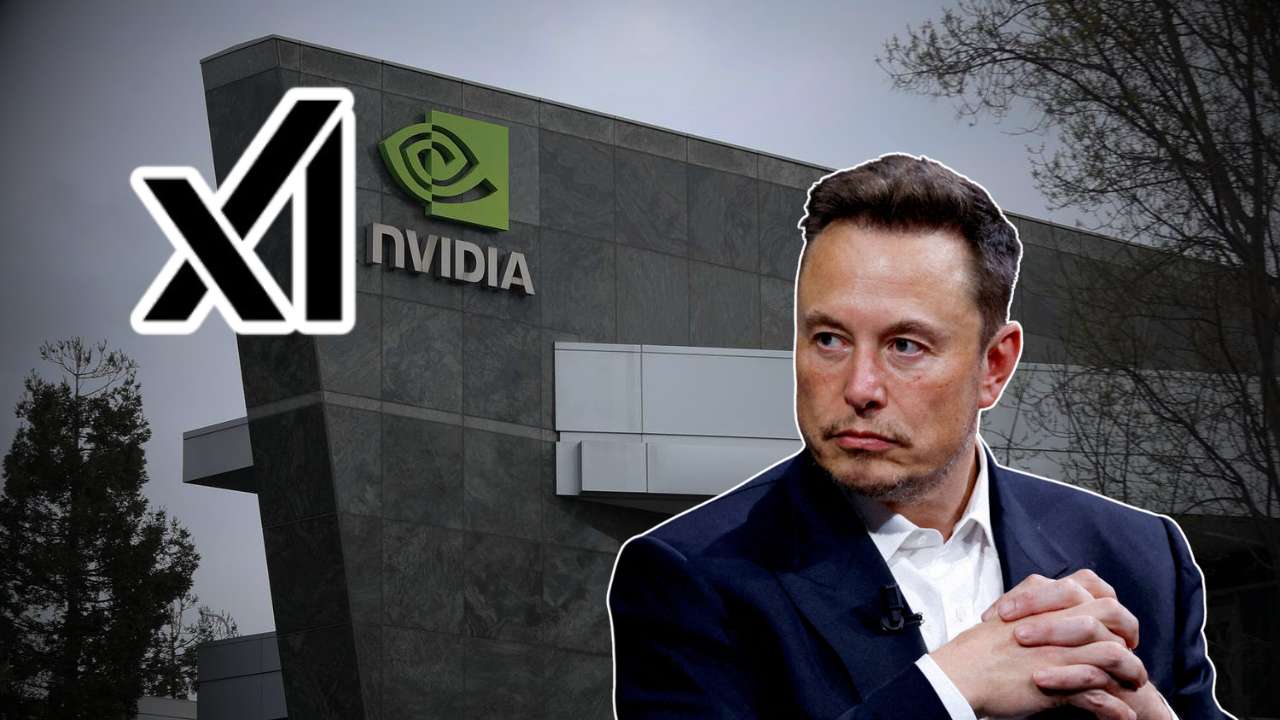Elon Musk’s artificial intelligence venture, xAI, is once again in the spotlight as tech giant Nvidia prepares to back it in a massive $20 billion fundraising round. The deal marks one of the largest funding efforts in the AI sector and highlights how rapidly the race for artificial intelligence dominance is accelerating. Nvidia’s involvement not only strengthens xAI’s financial position but also deepens its role in shaping the future of AI hardware and software collaboration.
xAI plans to raise the $20 billion through a mix of equity and debt financing, giving it the resources to fuel ambitious expansion. Out of this total, Nvidia is reportedly investing around $2 billion in equity, securing a significant stake in Musk’s fast-growing AI company. The rest of the money will come through structured debt, with an innovative arrangement that shows how the world’s top AI players are funding their growth.
How Nvidia and xAI Are Building a New AI Powerhouse
A key part of the deal involves a special purpose vehicle (SPV) — a separate company created specifically for this transaction. This SPV will buy Nvidia’s advanced processors and lease them to xAI for its ambitious “Colossus 2” project, a next-generation data center based in Memphis. The data center will host thousands of powerful GPUs that will train and run xAI’s models. This setup allows investors to recover funds over time, using the hardware itself as collateral.
For Nvidia, this partnership ensures that xAI continues to rely heavily on its GPUs, reinforcing Nvidia’s dominant position in the AI computing industry. For Musk’s company, it secures access to the most powerful chips on the market — an essential factor when competing against other major players like OpenAI, Anthropic, and Google DeepMind.
Why This Deal Is a Smart but Risky Move
The collaboration between Nvidia and xAI makes sense from both strategic and financial perspectives. Nvidia gets a long-term client and strengthens its grip on the AI hardware market, while xAI gains the tools and capital needed to scale its operations rapidly. The structure of the funding, backed by hardware assets, provides a layer of safety for lenders, making the deal appealing to investors.
However, there are challenges. Reports suggest that xAI’s operating costs are extremely high, with an estimated $1 billion spent every month on infrastructure and research. Such a large cash burn rate means the company must continue to attract strong financial backing to stay competitive. Furthermore, nearly $12.5 billion of the total funding will come as debt, adding pressure on future revenue streams. Overreliance on Nvidia’s hardware could also limit flexibility in the long term.
The Bigger Picture for the AI Industry
This deal reflects a broader shift in how AI startups are financed. Instead of traditional funding rounds, companies are combining equity, loans, and hardware leasing to manage large-scale AI projects. It also shows how intertwined the worlds of chipmaking and AI development have become. As Musk’s xAI expands its footprint, this partnership could set a new standard for how deep-tech startups structure funding in the future.
For Nvidia, the move further cements its leadership as the driving force behind global AI growth. For Elon Musk, it marks another bold step toward building an AI powerhouse capable of rivaling the biggest names in the industry.
The Bottom Line
Nvidia’s billion-dollar bet on xAI is more than just an investment — it’s a partnership that combines vision, innovation, and strategy. With this funding, xAI now has the financial muscle and technological support to accelerate its mission of developing next-generation artificial intelligence. Whether this gamble pays off or not, one thing is certain: the future of AI is being built today, and Nvidia and xAI are right at the center of it.
